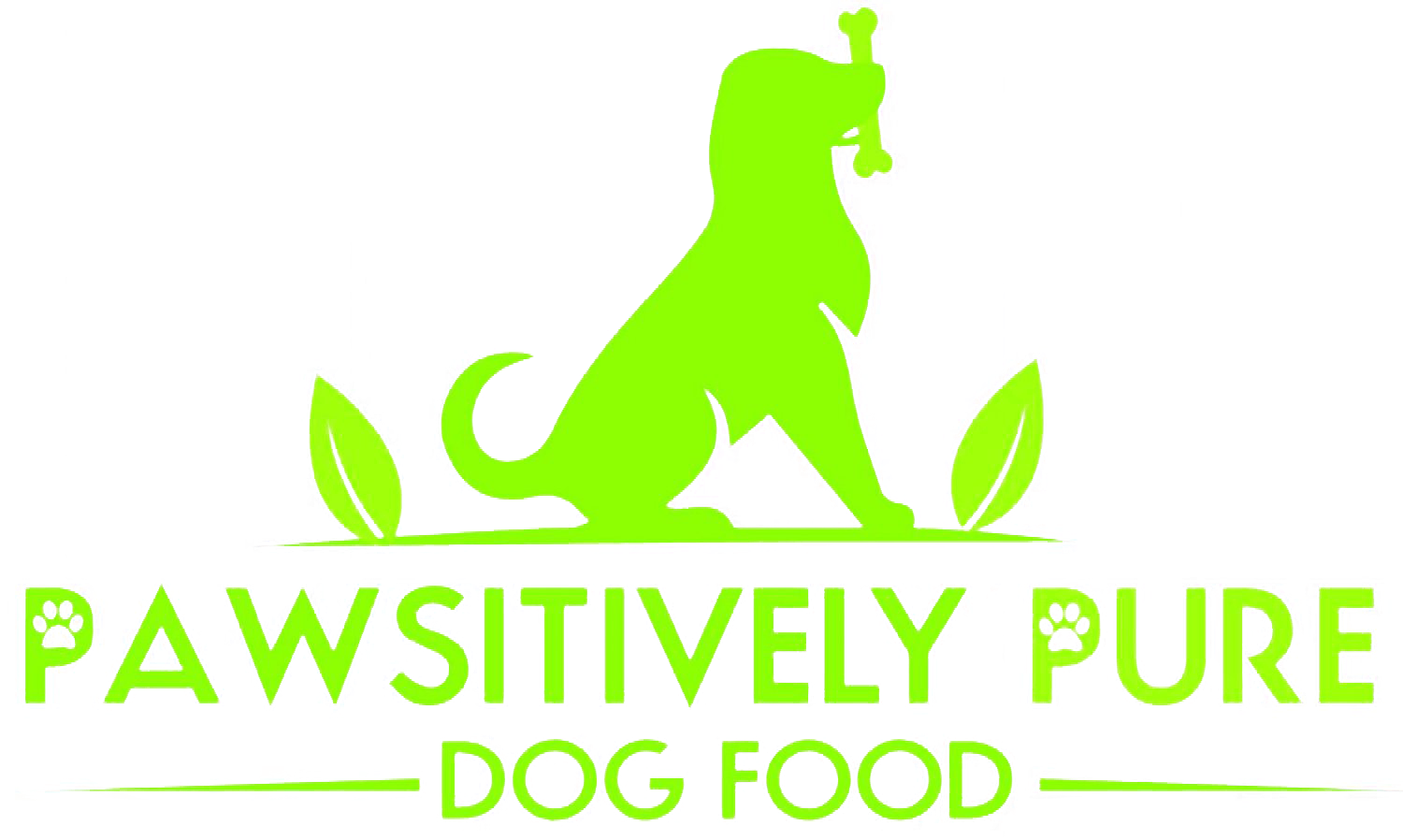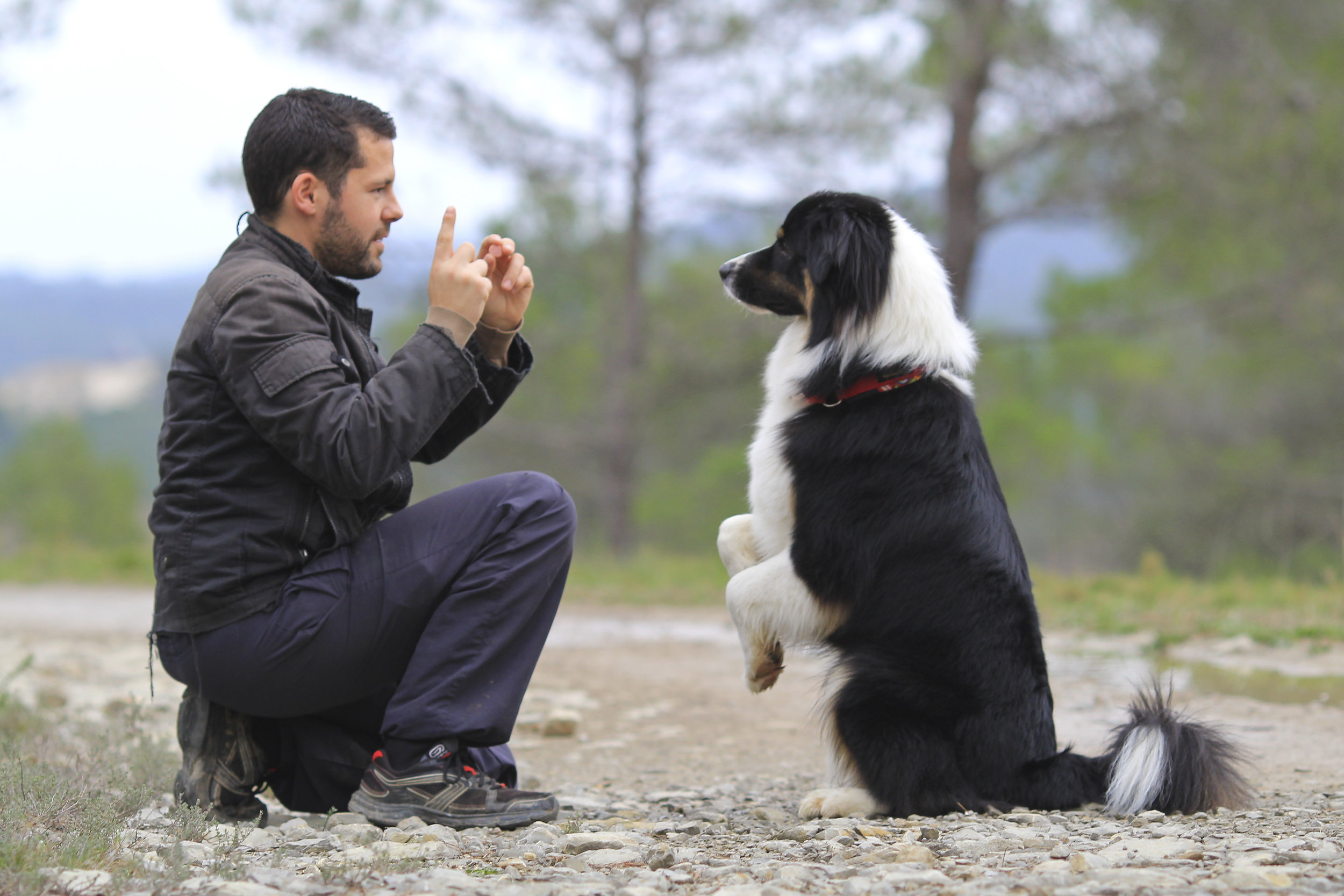Feeding “people food” to dogs has long been a controversial topic. Across the internet, you’ll find a variety of posts telling you which foods are safe, which foods should never be fed to dogs, and which foods are hotly contested. All this information becomes even more confusing when you consider that many dog food companies that produce human-grade, raw dog food are hitting the scene. Are dogs supposed to eat human food or not?!
Everyone is different with their dogs’ behavior standards. While some people are laxer with table scraps, others have more rigid rules about where and when their dogs can eat people food. Whichever way works for you is fine! If you have questions about what human foods you can feed your dog, here are some quick tips:
There are a number of human foods that have nutritional value for dogs. Human foods and dog foods aren’t as mutually exclusive as you may have initially thought. Lots of our whole, natural foods provide the same nutrients for dogs as they do for us. As a rule of thumb, processed human foods should not be added to your dog’s diet. Stick to whole nutrition as much as you can.
Some foods are absolute no-gos. While a lot of human foods are fine for dogs to eat, they don’t process all foods the same way we do. To that end, there are a handful of foods you should keep away from your dog at all costs. These include chocolate, avocado, grapes, onions, and xylitol. The ASPCA has a helpful list of foods to avoid when it comes to feeding your pup.
Snacks should never replace your dog’s regular diet. Never rely too heavily on snacks as dietary supplements for your dog. You should only be giving your dog table scraps on occasion. If you’re concerned or confused about the best treat-giving schedule for your dog, have a conversation with your veterinarian. No matter how healthy your table scraps are, your dog should get the majority of their calories from their dinner.
Human food generally isn’t as bad for dogs as people make it out to be, but it shouldn’t be your dog’s main source of nutrition. Feed your dog treats in moderation! If you want human-grade food that you know will be good for your dog, grab a bag of Pawsitively Pure dog treats. Browse our shop now and bring some home!





